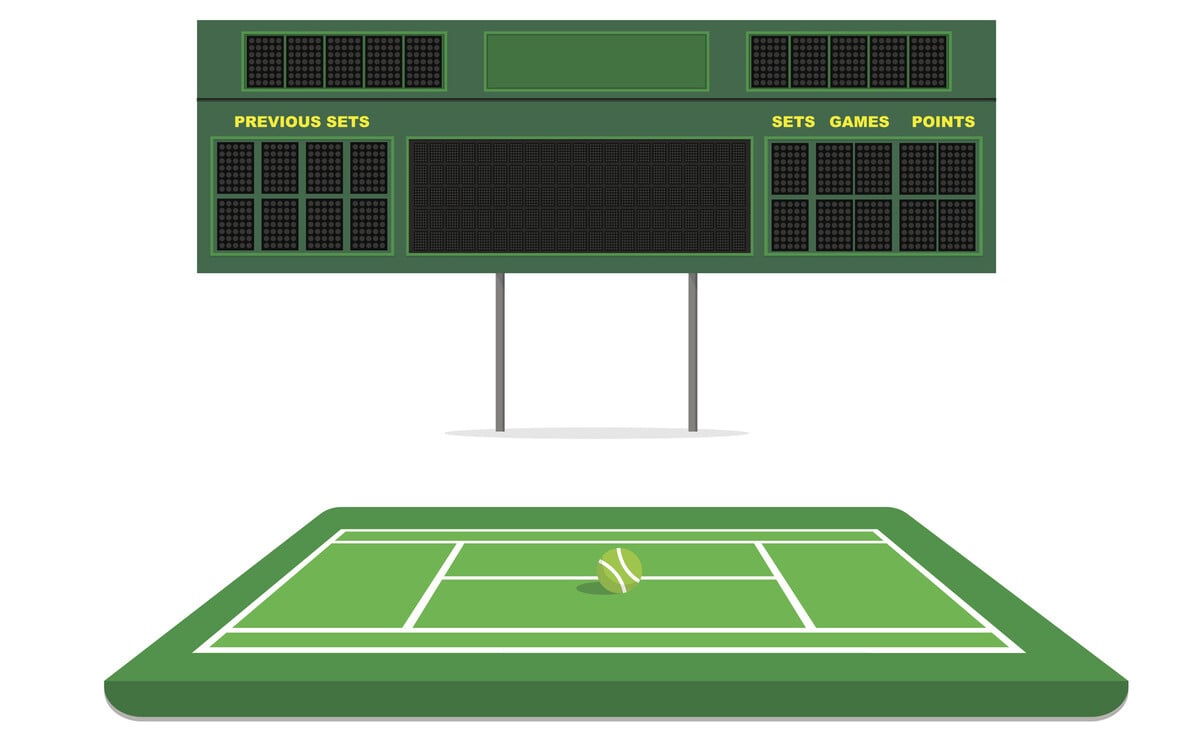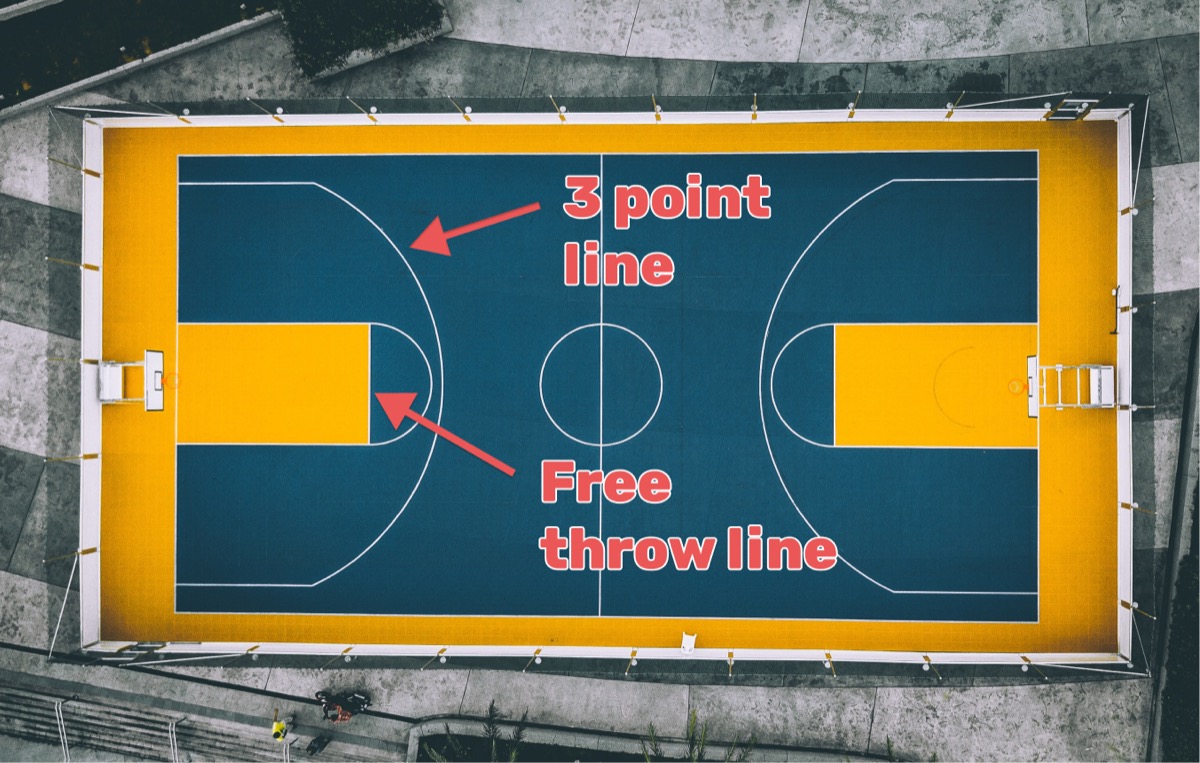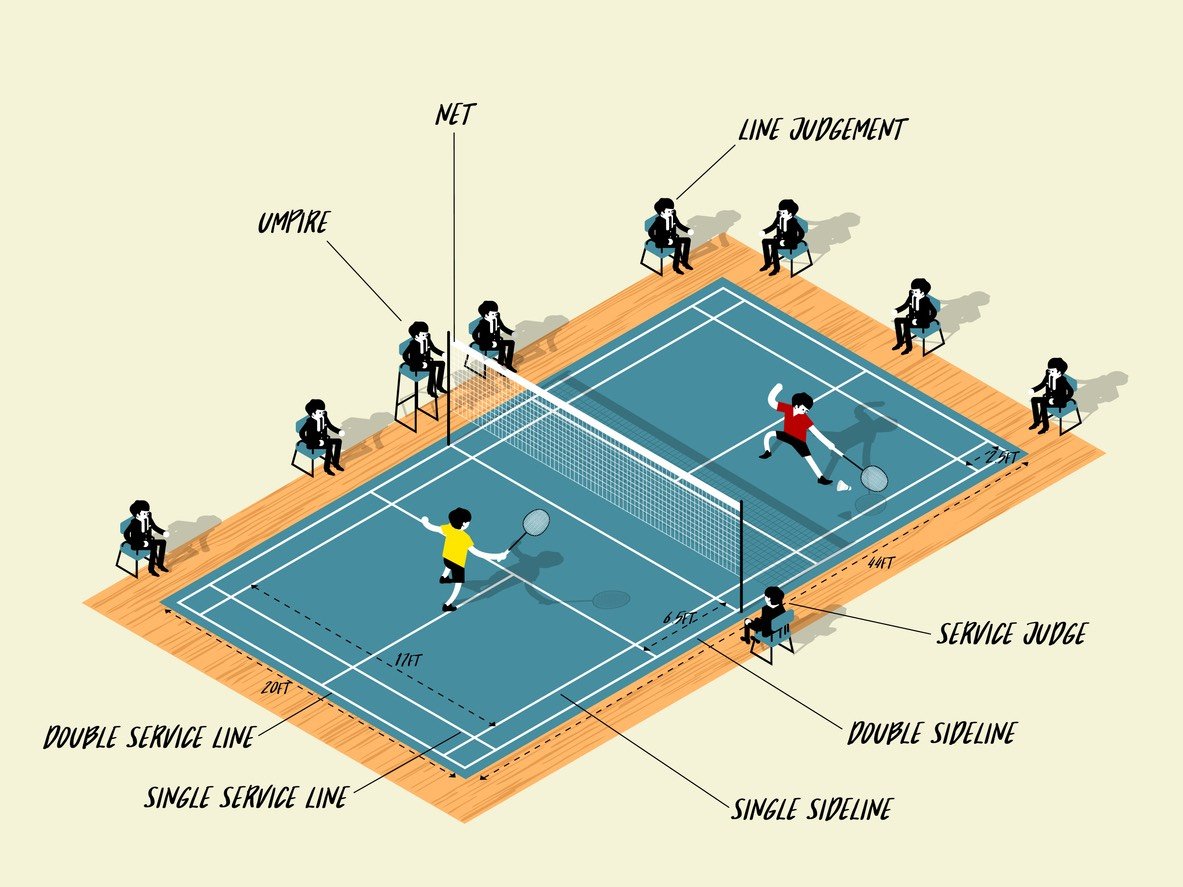
Lacrosse combines the speed of hockey, the physicality of football, and the strategy of basketball into one of North America's fastest-growing sports. Understanding how scoring works enhances your appreciation whether you're a new player, parent, or spectator trying to follow the action.
Lacrosse Basics: How the Game Works
Lacrosse is played between two teams using netted sticks (called crosses) to catch, carry, and shoot a small rubber ball into the opponent's goal. Teams field ten players in outdoor lacrosse or six players in indoor lacrosse. The simple objective: score more goals than your opponent before time expires.
Game structure varies by format:
- Men's field lacrosse: Four 15-minute quarters
- Women's field lacrosse: Two 30-minute halves
- Indoor/box lacrosse: Four 15-minute quarters with shorter shot clocks
Players advance the ball through passing, running with it cradled in their stick, or scooping up loose balls. Physical contact rules differ significantly between men's and women's versions, affecting scoring strategies and game flow.
Core Scoring Elements in Lacrosse
Three primary components define lacrosse scoring systems across all variations.

Goals: The Primary Scoring Method
A goal counts when the ball completely crosses the goal line between the posts and under the crossbar. Each goal equals one point for the team and adds to the scorer's individual statistics. Goals can be scored from anywhere on the field, though most come from within the critical scoring area.
The critical scoring area (also called the "crease" area) extends around the goal and provides special offensive advantages. Defensive players face restrictions on contact within this zone, creating more scoring opportunities. This protected area explains why lacrosse often features higher scores than similar field sports.
Assists: Recognizing Teamwork
An assist credits the player who passes directly to the goal scorer. While assists don't add points to the team score, they count toward individual player statistics and highlight effective teamwork. In lacrosse, the last pass before a goal typically earns the assist, though some leagues track secondary assists as well.
Assists matter because lacrosse rewards unselfish play and ball movement. Teams that share the ball and create open shots through passing typically score more efficiently than those relying solely on individual efforts.
Two-Point Goals: The PLL Innovation
The Premier Lacrosse League (PLL) introduced a revolutionary scoring element: the two-point arc. Similar to basketball's three-point line, shots scored from beyond this designated distance count for two points instead of one. This innovation adds strategic depth by:
- Rewarding long-range shooting skills
- Opening up defensive formations
- Creating late-game comeback opportunities
- Adding excitement for spectators
The two-point shot remains unique to the PLL, though other leagues watch its impact with interest.
Lacrosse Variations and Their Scoring Differences
Different lacrosse formats feature unique scoring characteristics that affect gameplay and strategy.
Indoor Lacrosse (Box Lacrosse)
Box lacrosse, played in hockey arenas with boards surrounding the field, creates a faster, higher-scoring game. Key differences include:
- Smaller playing surface: Concentrates action near goals
- Six players per side: Less congestion, more individual opportunities
- 30-second shot clock: Forces quick offensive decisions
- No out-of-bounds: Ball stays in play off boards
These factors combine to produce typical scores of 10-15 goals per team, significantly higher than outdoor lacrosse.
Field Lacrosse (Outdoor)
Traditional field lacrosse on full-sized outdoor fields emphasizes endurance, strategy, and specialized positions. Scoring characteristics include:
- Ten players per side: More complex offensive and defensive schemes
- Larger field dimensions: Requires different shooting angles and distances
- Face-offs after goals: Possession changes create scoring runs
- Longer possessions: Teams can control tempo more effectively
Field lacrosse games typically see 8-12 goals per team, with scores varying based on playing conditions and defensive strategies.
Intercrosse
This non-contact variation combines lacrosse with elements of field hockey. Scoring differences include:
- Mixed-gender teams: Creates balanced offensive opportunities
- No physical contact: Emphasizes positioning and passing
- Modified stick design: Affects shooting power and accuracy
- Simplified rules: Makes scoring more accessible to beginners
Intercrosse serves as an excellent introduction to lacrosse scoring concepts without the physical demands of full-contact versions.
Men's vs. Women's Field Lacrosse
While both genders play on similar fields with identical scoring values, rule differences significantly impact scoring patterns:
Men's lacrosse allows body checking and stick checking, creating more turnovers but also more defensive stops. Players wear full protective equipment, enabling more aggressive play around the goal.
Women's lacrosse prohibits intentional contact, leading to more sustained possessions and strategic scoring opportunities. The eight-meter arc (similar to a penalty area) provides free-position shots for certain fouls, creating reliable scoring chances.

Record-Breaking Scoring Performances
Lacrosse has produced memorable high-scoring contests that showcase the sport's offensive potential.
The 2007 Major League Lacrosse (MLL) championship game between Rochester Rattlers and Chesapeake Bayhawks set a professional record with 40 combined goals (Rochester won 21-19). This game demonstrated how evenly matched teams with explosive offenses can create scoring spectacles.
In college lacrosse, individual scoring records include single-game performances of 10+ goals and season totals exceeding 70 goals. These achievements highlight how dominant players can impact scoring in ways similar to basketball or hockey stars.
Understanding Lacrosse Scoreboards
Modern lacrosse scoreboards display essential information for following game action:
Standard Display Elements
- Team names and logos: Identifies home and away teams
- Current score: Running point totals for each team
- Period/quarter: Shows game progression
- Game clock: Time remaining in current period
- Shot clock: Time remaining for offensive possession (box lacrosse and PLL)
- Penalty indicators: Shows players serving time penalties
Advanced Information
Professional and college scoreboards often include:
- Player statistics: Goals and assists for top performers
- Shots on goal: Offensive efficiency metrics
- Face-off wins: Possession battle results
- Team fouls: Accumulation toward bonus situations
Digital Scoreboard Solutions for Lacrosse
Traditional physical scoreboards cost thousands of dollars, putting them beyond reach for many youth leagues and club teams. Digital scoreboards solve this problem affordably.
Benefits of Online Scoreboards
- Cost-effective: No expensive hardware required
- Flexible display: Works on any screen, TV, or projector
- Remote updates: Control from phones or tablets
- Professional appearance: Clean graphics rival expensive systems
- Shareable: Spectators can follow on their devices
Setting Up Your Digital Scoreboard
Creating a lacrosse scoreboard takes less than a minute:
- Choose your scoreboard template
- Enter team names and starting values
- Display on available screen
- Update scores from any device
This solution works perfectly for youth leagues, club teams, tournaments, and even practice scrimmages where traditional scoreboards aren't available or practical.
Maximizing Your Lacrosse Scoring Knowledge
Understanding lacrosse scoring enhances enjoyment for everyone involved:
Players can set meaningful statistical goals and understand their contributions beyond just goals.
Coaches can develop strategies that maximize scoring efficiency based on game format and rules.
Parents can follow their children's games more knowledgeably and celebrate appropriate achievements.
Spectators can appreciate the strategic elements that create scoring opportunities.
Whether you're tracking a youth game or following professional lacrosse, understanding scoring fundamentals makes every game more engaging.
Start tracking your lacrosse games professionally today with our simple digital scoreboard solution:









